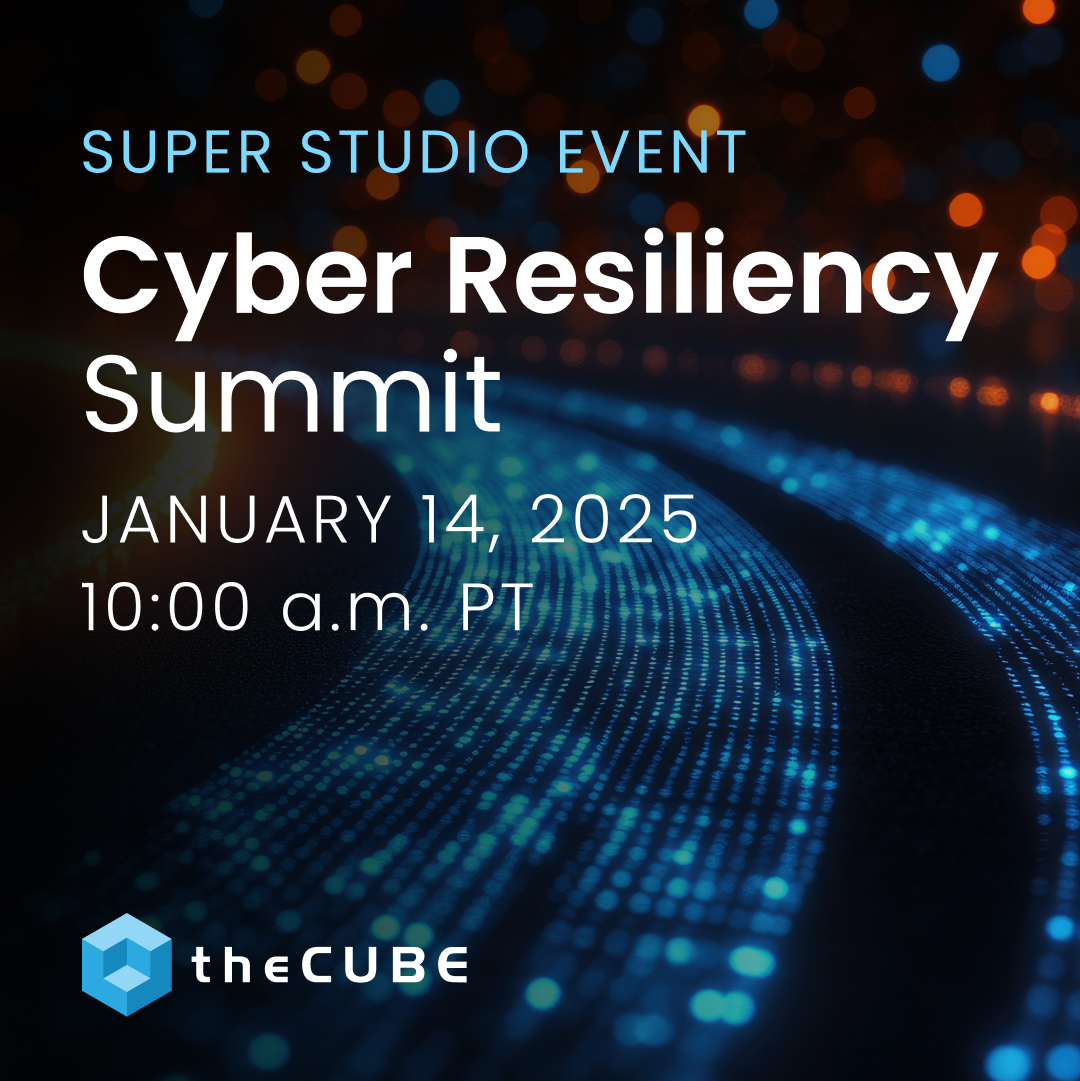How Simplicity will Transform the Future of the Data Center
![]() It’s hard to imagine a resilient business without advanced IT tools to support its operation. Regardless of the industry, information systems encompass more and more actions within an organization, increasing the dependence on the very reliability and continuity of these systems.
It’s hard to imagine a resilient business without advanced IT tools to support its operation. Regardless of the industry, information systems encompass more and more actions within an organization, increasing the dependence on the very reliability and continuity of these systems.
At its core is the advancement of data centers. Due to the increasingly widespread access to broadband Internet, it is now possible to centralize the processing of data, where the data centers are activated for all the necessary processes. According to the Cisco Global Cloud Index, a test that measures the amount of traffic in the cloud and its growth, data center traffic worldwide will grow four-fold, and will reach a total of 6.6 zettabytes annually in 2016.
Companies with a dispersed structure often multiply the investments placed in server systems, desktops and their administration, putting twin systems at each location and providing them with relevant, local administrative services.
Data Center Predictions for 2013
Consolidation or centralization?
The question of whether a company’s IT infrastructure should be consolidated into one large data center or distributed in the form of small regional centers remains a subject of discussion.
![]()
Jason McGee, a distinguished engineer and chief architect at IBM PureSystems, believes the future of IT operations lies in simplicity. The increasing emphasis on simplicity means the return to centralized management and operations, and adopting new technologies and processes to make IT maintenance tasks simpler to enable IT departments to move closer to the center of business.
Currently, more than 70 percent of IT budgets are spent on simple operations and maintenance. The pace of change in business and management complexity is the priority of CEOs worldwide. To help customers plan data capture, and converting that information into actionable knowledge, IT will need to help them better understand changes in business, IT and data centers.
To achieve this, IBM sees a new collective solution combining server, storage, networking, platform middleware resources and automated best practices to help make quickly informed, and targeted decisions.
More focused on the center of business
The development of the data center is dynamic. Industry and IT-technology are evolving faster than ever. This confluence of technology affects the way in which data centers are both designed and operated.
![]() On one level of data management, IT leaders will adopt more centralized, integrated systems with specialized skill sets on specific technologies or platforms. This approach of shifting away from siloed systems will encourage greater collaboration within the organization, and will spur the development of new expertise. As a result, these developments will hasten the shift of IT to the strategic center of business.
On one level of data management, IT leaders will adopt more centralized, integrated systems with specialized skill sets on specific technologies or platforms. This approach of shifting away from siloed systems will encourage greater collaboration within the organization, and will spur the development of new expertise. As a result, these developments will hasten the shift of IT to the strategic center of business.
For example, consider workloads that are specific to retail and credit card processing environments that depend on rapid handling of transactions and interactions, while other workloads may be used to deliver customer insights to call center operations, and tracking and predicting real-time changes in supply and demand for energy and utilities. IT pros will need to gain greater understanding of these domain-specific workloads, and how to tune and manage them effectively.
The new methods can provide rapid adaptation to changing business situations, and will redirect resources used to support IT infrastructure, business application development and the search for innovative business processes.
Automated + custom solutions reduce costs
Increasing the size, complexity and density of data centers also increases the need to automate redundant tasks and simplify the processes of elimination, modification and aggregation within the data center.
![]() In a new report on data centers and their role in the near future, the independent technology analyst Ovum says that organizations are looking at how to extract the most value from their investments. It also indicates that in 2013, CIOs will remain more focused on reducing costs and improving sustainability.
In a new report on data centers and their role in the near future, the independent technology analyst Ovum says that organizations are looking at how to extract the most value from their investments. It also indicates that in 2013, CIOs will remain more focused on reducing costs and improving sustainability.
The report says that because of the booming market for infrastructure management of data centers (Data Centre Infrastructure Management, DCIM), also known as financial management IT, closely linked to cost and availability of energy, the role of the director of sustainability (chief sustainability office, or CSO) will become commonplace in organizations.
Despite still being a small market, DCIM is expected to gain traction in 2013 due to the rising demand for improving energy costs in data centers and other transformational necessities.
PaaS adoption expected to increase
Gartner predicting PaaS will increase from three percent to 43 percent of all enterprises by 2015. A recent Current Analysis report signals a major shift towards PaaS starting in 2013. Another recent study notes that about 60% of businesses are using, or are looking at using PaaS offerings.
![]() We are in the early days of a profound shift in the data center market towards cloud infrastructure services, which presents extremely exciting growth opportunities for emerging cloud providers and traditional service providers the world over.
We are in the early days of a profound shift in the data center market towards cloud infrastructure services, which presents extremely exciting growth opportunities for emerging cloud providers and traditional service providers the world over.
PaaS is on the radar of enterprise infrastructure architects looking to evolve their businesses by taking advantage of cloud-based devops to speed application development. One solution, as implemented by IBM, is to ease management challenges around the adoption of software patterns. The adoption of the proper software patterns will allow organizations to choose their own blend of IT, operational and business factors.
Other trends
Other trends we’ll see in 2013 will be the complete virtualization of all layers of the data center, from the database to storage, which will also bring greater automation technology, associated with the orchestration layer.
For businesses, the trend will focus more on sustainable IT. The movement of “bring-your-own-technology” (BYOT) will be a widespread reality between 2013 and 2014, while extending the use of mobile devices in business and, in particular, the smartphone and tablet market.
A message from John Furrier, co-founder of SiliconANGLE:
Your vote of support is important to us and it helps us keep the content FREE.
One click below supports our mission to provide free, deep, and relevant content.
Join our community on YouTube
Join the community that includes more than 15,000 #CubeAlumni experts, including Amazon.com CEO Andy Jassy, Dell Technologies founder and CEO Michael Dell, Intel CEO Pat Gelsinger, and many more luminaries and experts.
THANK YOU













